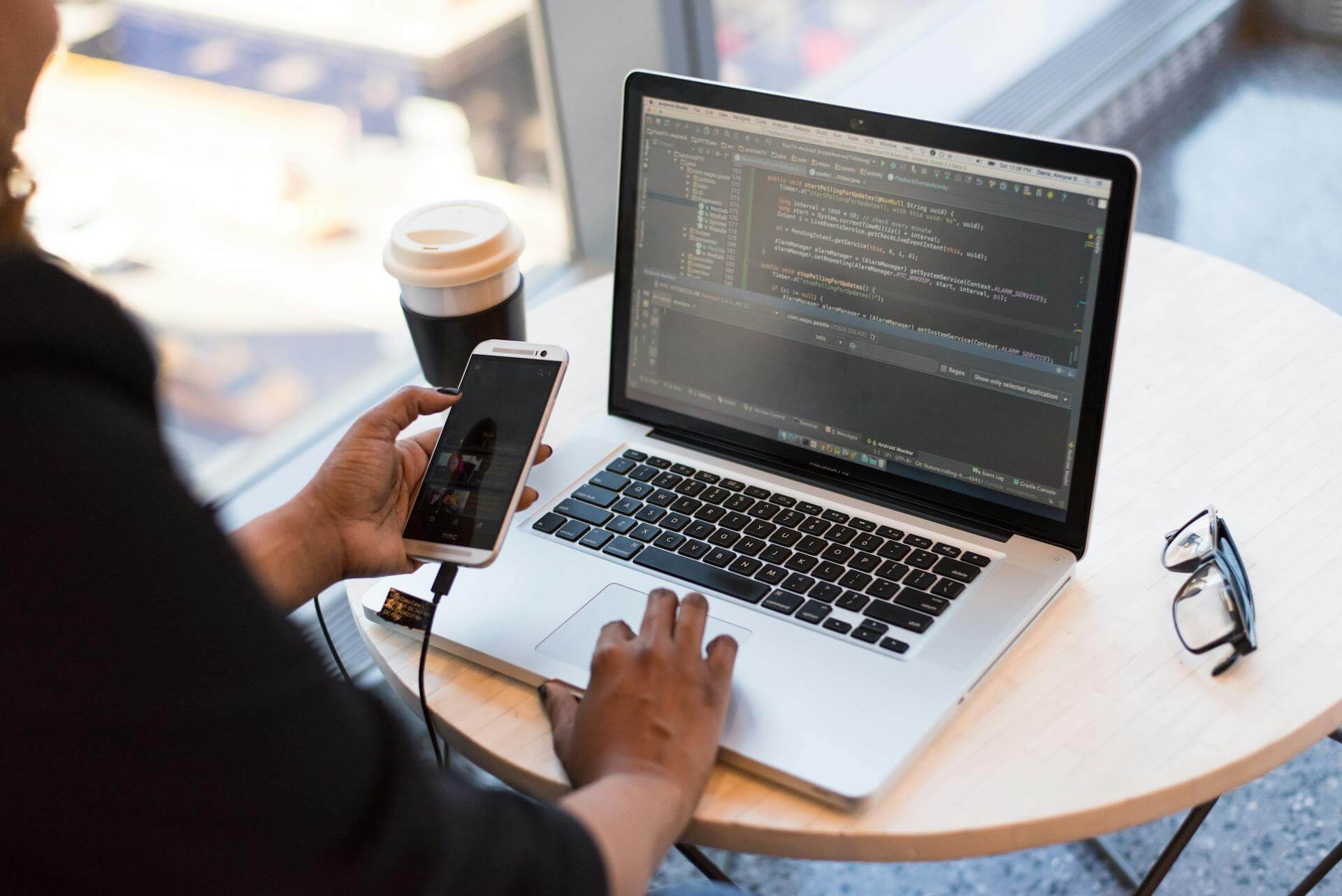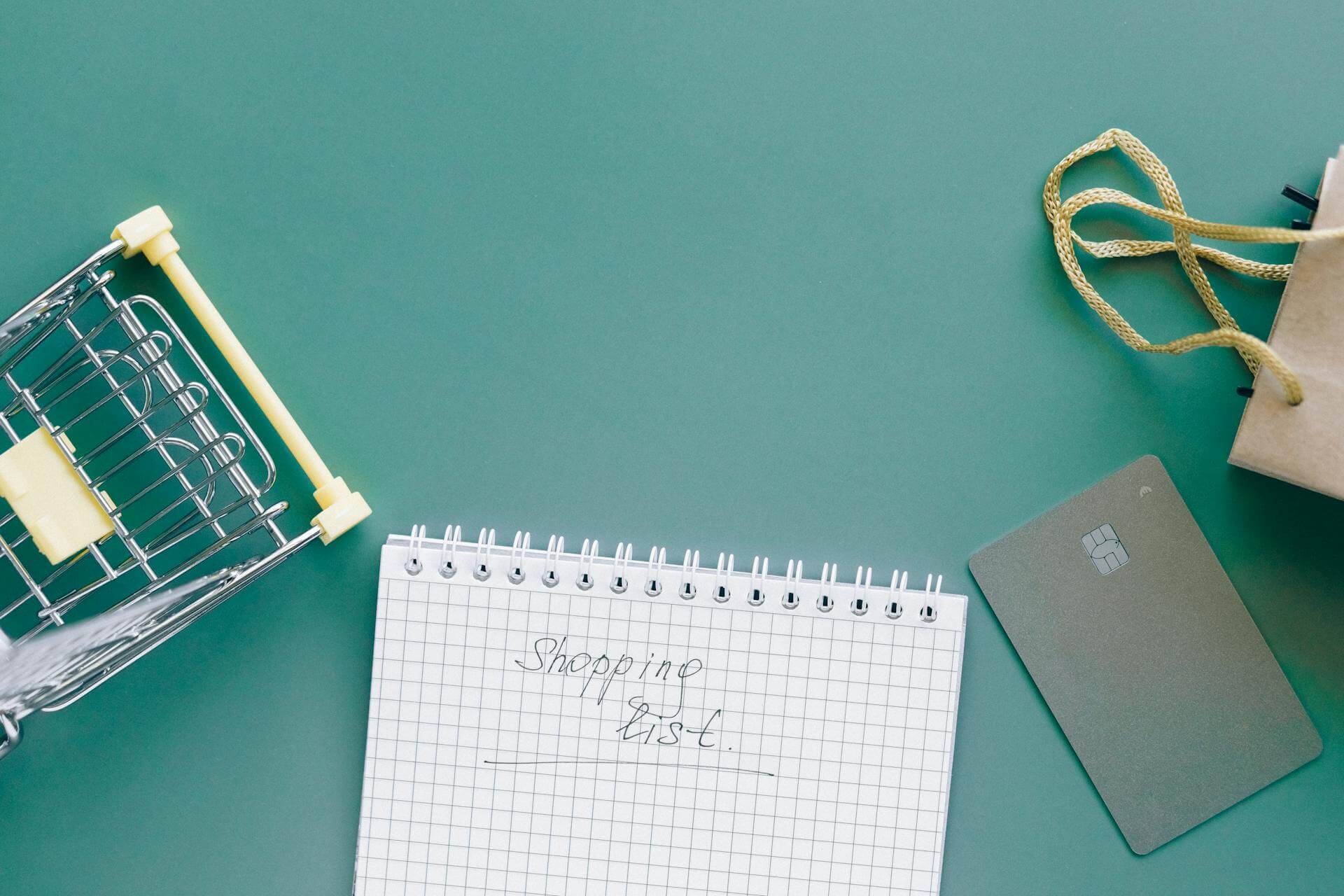Learn all about the Klaviyo email automation workflows your Shopify store needs to double email revenue.
Does your Shopify store need more sales? Better ways to reach out to previous customers? Email marketing is the way to go.
Everyone knows that an email list is one of the most critical assets for a business in times when there is way too much noise on social media platforms. But just having an email list is not enough to keep a consumer base engaged.
While most online stores have a strategy in place to grow their email list, not many have a plan ahead and rely on occasional newsletters to reach their acquired audience.
This is where email marketing automation with the help of tools like Klaviyo comes in.
Email marketing automations can help you increase average order value, decrease bounce rates and improve your business ranking and visibility in search engine results pages (SERPs) simultaneously - by simply adding timeliness to your communication.
Here, we recommend making the most of Klaviyo email automation workflows.
Email automation workflows are a powerful way to personalize the experience for your customers. In this post, we will walk you through some of the most common use cases for email automations and how to create them with Klaviyo.
What are Klaviyo email automation workflows?
A workflow is a sequence of emails that are automatically triggered by a trigger event (e.g. someone completes a purchase). A workflow can be as simple as one email or as complex as an entire campaign containing multiple emails with multiple conditions and segments.
Automation is what makes Klaviyo so powerful. It's easy to get started with a few simple automations, but once you start digging into its features, you'll find that it can do nearly anything you need it to do.
It is the most complete, flexible, and powerful email marketing tool available today.
Well-planned email automation can help you increase your revenue by multiple folds.
This is how it works:
You set up an automated workflow that triggers when a customer takes a specific action. For example, if a customer makes a purchase, they receive an email thanking them for their purchase. If they don’t make a purchase, they receive an email explaining why the product is worth buying and offering them a discount.
The best part? It doesn’t matter what you sell or what kind of business you have – with Klaviyo, you can create automated workflows for any type of business.
Want to learn more about setting up Klaviyo email marketing automations for Shopify? Reach out to our Shopify experts.
Must–have The Klaviyo email automation workflows
The email automation workflows are a powerful way to create a chain of emails that you send to your subscribers, based on their actions in your store.
These kinds of workflows help you deliver personalized content at key points in the customer lifecycle so that you can increase engagement and drive sales over time.
Here are some examples of the many ways you can use Klaviyo email marketing automations for your Shopify store:
1. Welcome email series
When a new subscriber signs up for your email list, they're often unsure what to expect. A welcome series is a great way to introduce them to your brand and show them the value they'll get by subscribing.
It's also a good way to build trust and rapport with your new subscribers by providing them with value, such as relevant content or product recommendations.
The best part about this type of workflow is that it's easy to create and update. You can add or remove steps as you need them, and even change the order in which they appear.
The welcome series primarily consists of three emails - one sent immediately after signup, one on day two, and another on day seven. However, there is no fixed rule here.
Ensure to cover the following in these emails -
- About your brand and social media handle links
- Testimonials and/or social proof from your past customers
- A CTA to convert subscribers into first-time buyers. You can provide a discount, for instance, as an incentive here.
2. An abandoned cart email workflow
Abandoned cart emails are one of the most effective ways to bring back customers who have left their cart without checking out. However, implementing them can be tricky.
The idea behind abandoned cart email automation is that customers often abandon their carts because they're not fully convinced about a product or service yet, or they're having second thoughts about the purchase.
When a customer abandons their cart, they are usually in the middle of making a purchase. They know exactly what they want and have already added it to their cart.
This makes them an ideal audience for remarketing with abandoned cart emails. These messages can offer them a discount or other incentive to come back and complete the purchase, which will help you increase your average order value (AOV).
You can send anywhere between 1-3 emails within this flow. However, ensure that you don’t spam the cart abandoner, which might result in them unsubscribing from your email list.
Our Shopify experts suggest carrying out a simple AB-test for a few subject line variations and sending it to different cohorts of users. You should also consider AB-testing the urgency-indicating language used in your Klavio abandoned cart flow (for instance, “Hurry”, “Last Chance”, etc).
3. Win-back or reactivation email workflow
Win-back or reactivation flows are used to re-engage lapsed customers who haven’t made a purchase in a set amount of time (e.g., when a subscriber hasn’t made a purchase for 90 days).
It is a great way for stores to get back in touch with people who may have forgotten about your brand, or who may have lost interest after a long period of time without making a purchase. This flow is typically triggered by a customer’s first purchase after being inactive, but it can also be triggered by an event such as reaching a birthday or anniversary date.
To create this type of workflow, you'll need to create custom events that indicate when a customer has not made a purchase. These messages often include special promotions or discounts in an attempt to convince shoppers to return and make another purchase from your store.
4. Post-purchase email automation
This is an opportunity to thank them for their purchase and show them how the product works.
The post-purchase strategy is especially effective if you can offer something unique that other companies selling the same products don't offer. For example, if you sell jewelry, you could send out a video tutorial on how to wear it or create a list of outfit ideas based on your products.
Here are some examples of how you can use this workflow in your Shopify store -
- Send an email thanking customers for their purchase and providing them with links to return policies, shipping info, and other relevant information. This gives your customers the information they need to know before they make another purchase from your store.
- Ask customers if they need help setting up their new product or if they have any questions about it. This allows you to provide outstanding customer service by answering any questions that may arise after a purchase has been made. This can also increase engagement with your brand by allowing customers to engage directly with a member of your team who is knowledgeable about their needs.
- Send an email asking if customers would like to share their experience on social media once they receive the product (you can also include a pre-written message for them). This gives them the chance to share their positive experiences with others through social media — which will help drive more traffic back to your store!
This is your opportunity to build a lasting bond with your customers. So, ensure to leverage this flow to the fullest.
5. Birthday flow
The Klaviyo birthday automation workflow is an incredibly powerful way to engage with customers on their big day by making them feel like they matter. You can customize the message, add a gift card code, and have a custom design for this email template.
It's also a great way to boost sales by sending an email reminder the day before, on the day of, and after their birthday.
This helps you build loyalty and create a sense of community among shoppers on your site.
We urge you to send out a birthday email regardless of whether the customer has bought something from you in the past.
Why? Because it's not just about selling products. It's about building relationships and nurturing existing ones.
If you're selling something, then it makes sense to use Klaviyo's Countdown-to-Birthday feature. This lets customers know how many days until their birthday so they can start thinking about what they want to get or where they want to go for their celebrations.
6. Product review request email automation
Product reviews are an important part of the customer journey, and they can be a great way to get more sales.
The Klaviyo product review flow is designed to help you increase sales by giving your customers an easy way to leave feedback on their purchases. This, in turn, helps you to improve the quality of your store data and also increases conversions.
Track product reviews from your customers and send automated emails at each step -
- Request for a product review after a pre-set time period (this time period varies from industry to industry and product to product).
- You recently sent an email asking customers to review your products, but you haven’t gotten many responses yet. You can send an email reminder with details about what you want them to say in their reviews and a link to the page where they can leave their feedback.
- A customer leaves a review on your site. You can let them know you’ve received it, thank them for their feedback and offer a discount on a future purchase if they leave another review.
- You just received some negative or neutral product reviews from customers who didn’t like something about your product or service. Send an email with a special discount code for those customers who leave another positive review within the next week.
7. Replenishment email automation workflow
This workflow is designed to help you send the right email at the right time, making sure customers never miss a product they've ordered in the past.
It is ideal for items that are required to be restocked regularly, such as food products or beauty supplies. You can set up a trigger to send emails when an item reaches a certain stock level (or multiple levels) and then follow up with customers when they need to reorder.
This is an important part of your marketing strategy as it allows you to increase sales and profits.
The flow starts when a customer purchases an item from your store. You can choose to add their email address to an autoresponder list (or create a new list) so that you can send them an email reminder when it's time to reorder.
Then, when it's time for them to reorder, you can schedule an automated campaign that will send them an email with a link to order the item. The link should include dynamic data about their last purchase (like size and flavor, if any) so that they can easily reorder without having to look up the product themselves.
8. Back-in-stock/ restock email automation flow
When a customer shows interest in an item that is out of stock, you can use a back-in-stock trigger to send them a notification and give them the option to be notified when it becomes available again.
This is a very simple workflow that we use to notify customers when an item they have ordered is back in stock. This can be used for any product that has multiple colors or sizes, or any other variations that you want to notify your customers about.
You can also incentivize the message by adding in a limited-time offer so the deal seems ‘irresistible’ to your customers.
9. Transactional email updates
Another email automation we recommend setting up with Klaviyo are transactional updates. This is important to ensure that visitors know when a payment goes through; this also helps them keep a record of the purchase they have made.
From payment initiation to when it gets completed, transactional emails are a great way to confirm the orders placed on your Shopify store.
10. Order status email automation
Another email automation you should be setting up with the help of Klaviyo is order status alerts. Since most consumers suffer from post-purchase anxiety, it is important to keep them up-to-date with the order they have placed.
Klaviyo seamlessly integrates with logistics service providers to enable these updates. It pulls in the information related to the orders to help you update buyers on email automatically.
Wrapping up
With the help of these email marketing automations, you can save time and would be able to convert many customers from different segments. It also helps you to bring in new traffic for your store and make you better with your email marketing.
Email marketing automation should be leveraged to maintain your existing customer base, as well as attract potential new customers. With each email marketing automation, you need to make sure that your recipients are targeted correctly so that you can assure them of the convenience of receiving offers and discounts for the goods and services they want.
Automation, when done right, can give your store an advantage over your competitors who are only using traditional emails. Plus, it streamlines the efforts you put into email marketing and frees up time for more pressing matters.
Need help in setting up email marketing automations and Klaviyo email workflows for your Shopify store?




